Only with help to photography I was able to understand what frequencies are, how they work and what to do with it. I have noticed for a long time that at a certain time I like certain music, I notice certain things, and on the contrary I ignore others. And all this is repeated after a certain period. I noticed this in photographic preferences as well.

Some frequencies arise, others disappear or become archived.
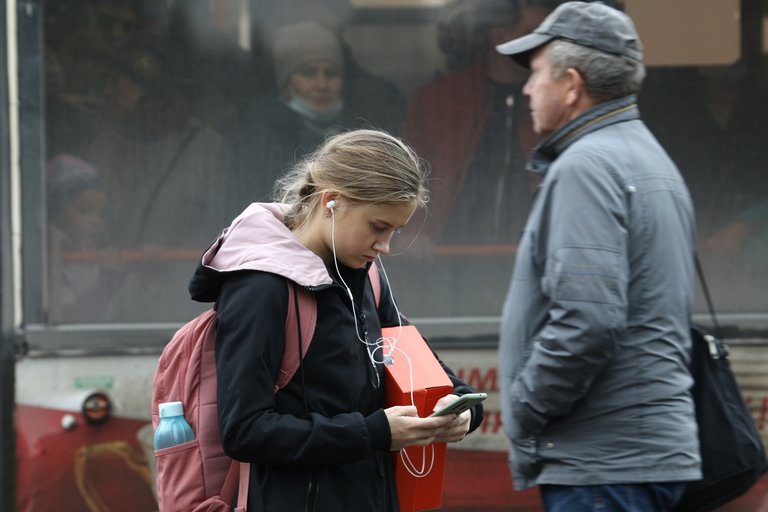
It’s not for nothing that I’m looking at the graphics, then on the street, then on the courtyard spaces.
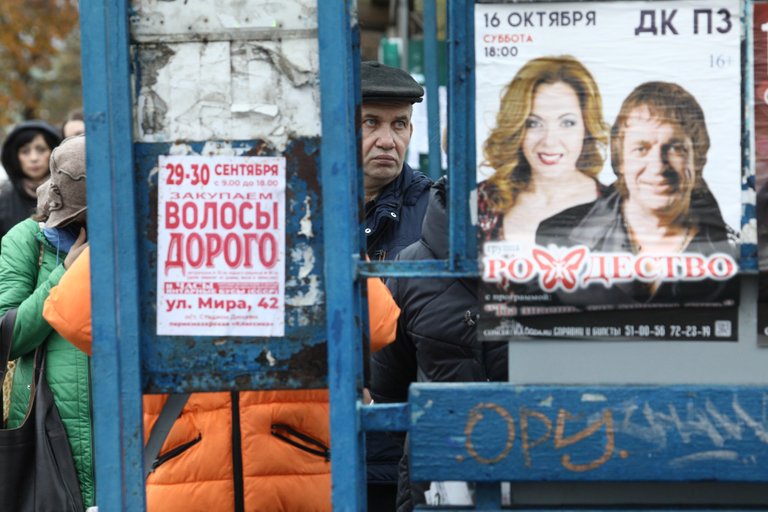
But it's good! This is balance. The main thing is to connect less to the archived frequencies and create more new ones.
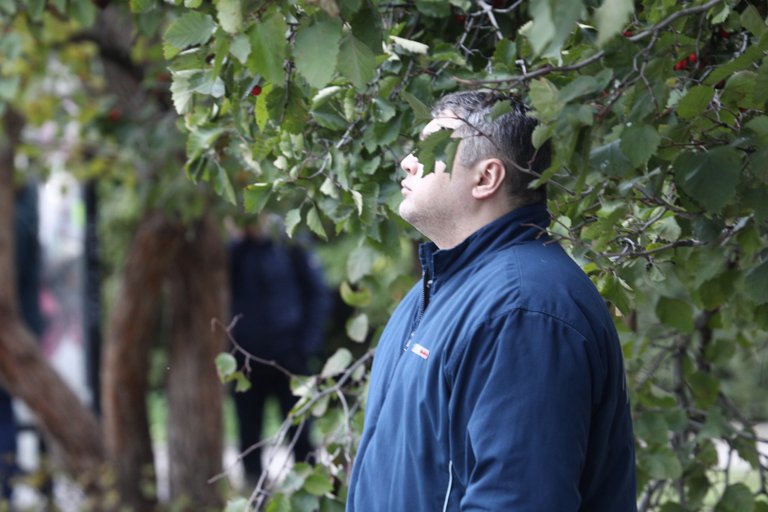
That is, to put it in simple words, the main thing is to return less to the past covered material, which, moreover, does not really affect anything.
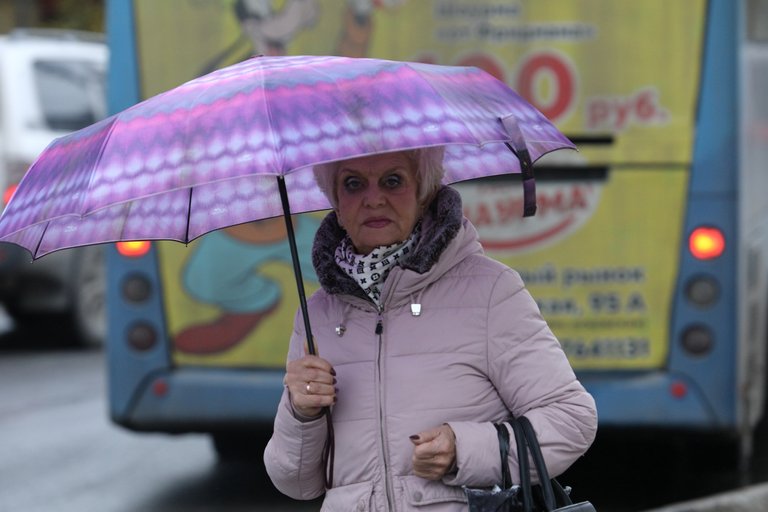
Let me put it even easier: if I once shot with Soviet lenses, now it's better not to return to this.
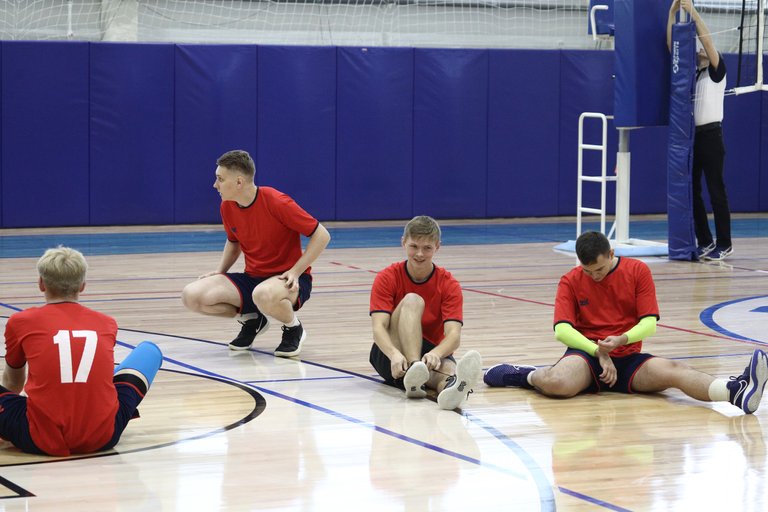
I increased the film frequency by buying an autofocus SLR camera, which can be used with digital lenses and can be used for shooting. And all these "soap" Zenits, FEDs and other terrible Smenas are better left in the past.
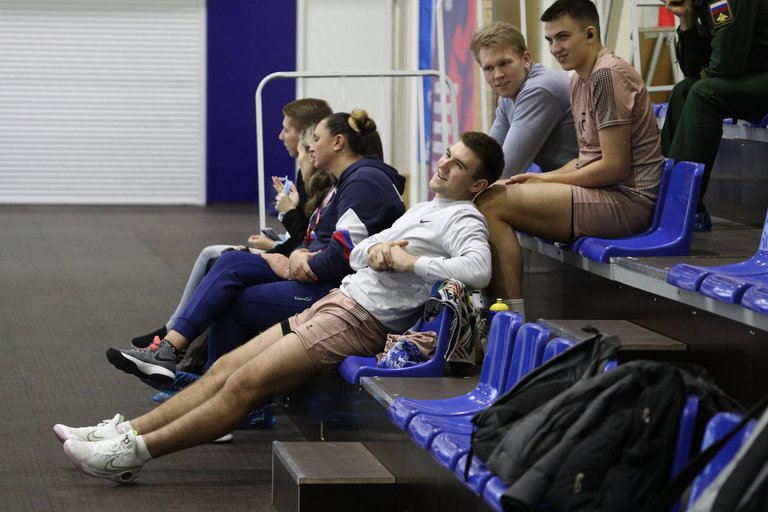
I brought you in the wrong way, but it’s easier to explain. Reportage photography is also a separate frequency for me.
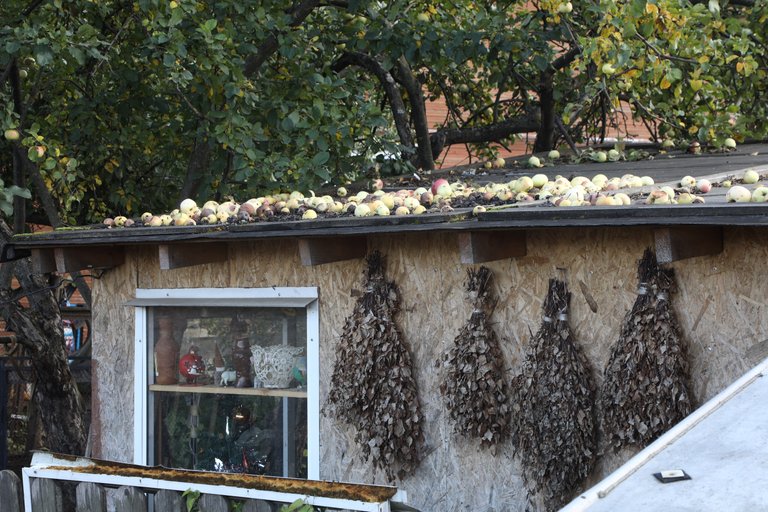
There is even a separate folder on the computer for collecting reportage frames. And the archive of these images is kept differently, according to different principles than the main one.

What other frequencies are there? Film photography, graphics, street, reportage, photo stories, smartphoneography, courtyard spaces, telephoto, wide-angle photography, reflections, postcard photography, abandoned villages.
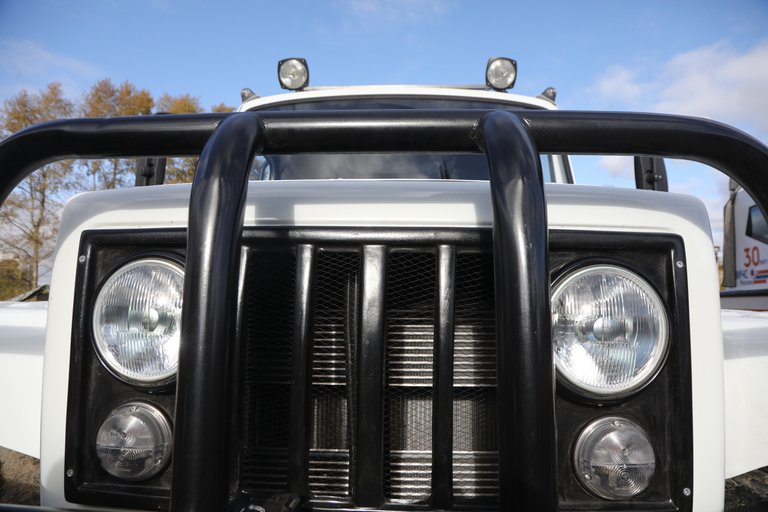
These are, of course, all my personal frequencies that I travel from time to time.

Sometimes new ones are created, and some become archival ones, to which I hardly return.
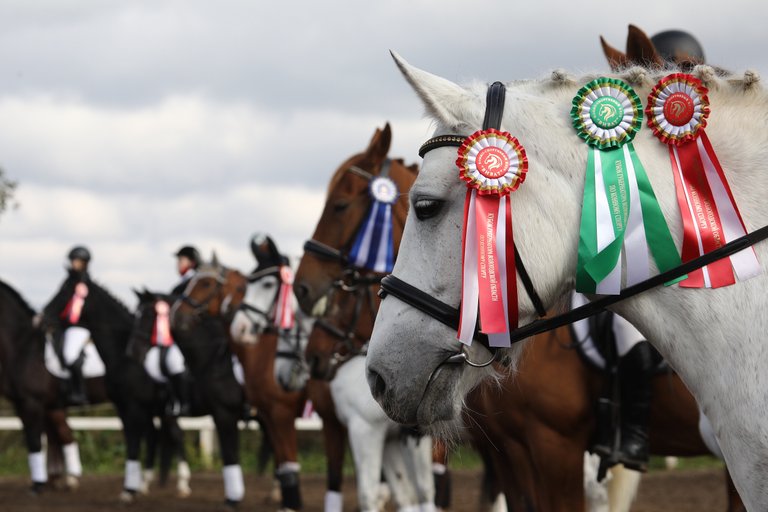
I used to switch between them spontaneously, but now I can partly influence it.
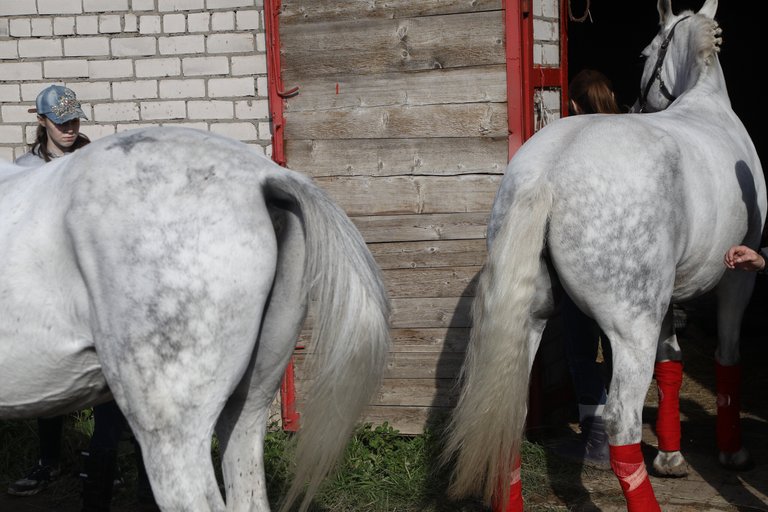
I do not like to explain what is shown in the photo. It seems to me that the viewer must understand and think for himself. Moreover, this process is individual for each person.
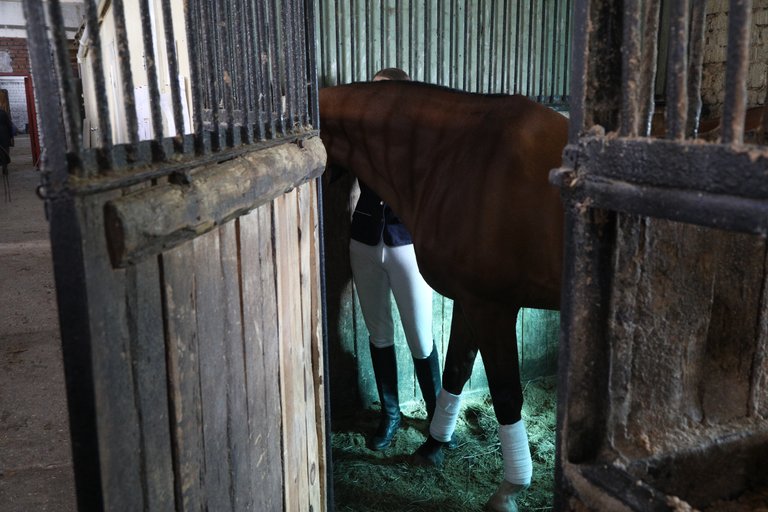
And when you name a photo or explain something, you thereby set a framework, and the viewer is already trying to comprehend the plot within the established framework.
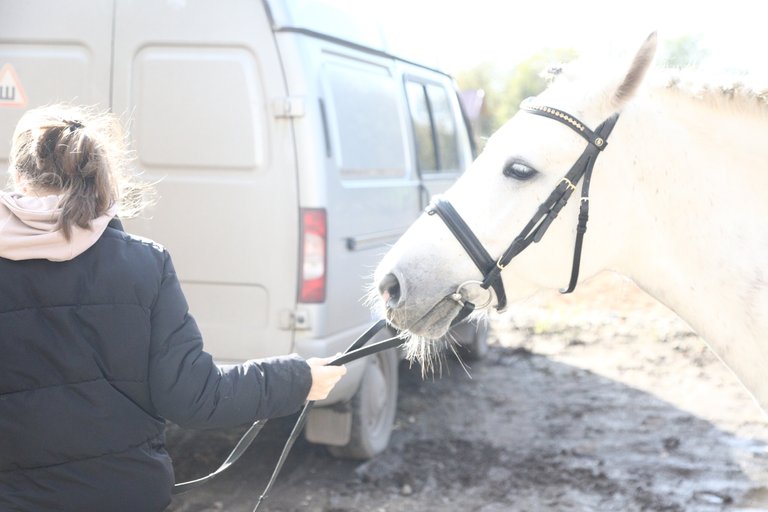
This is the philosophy of photography...of true photography.
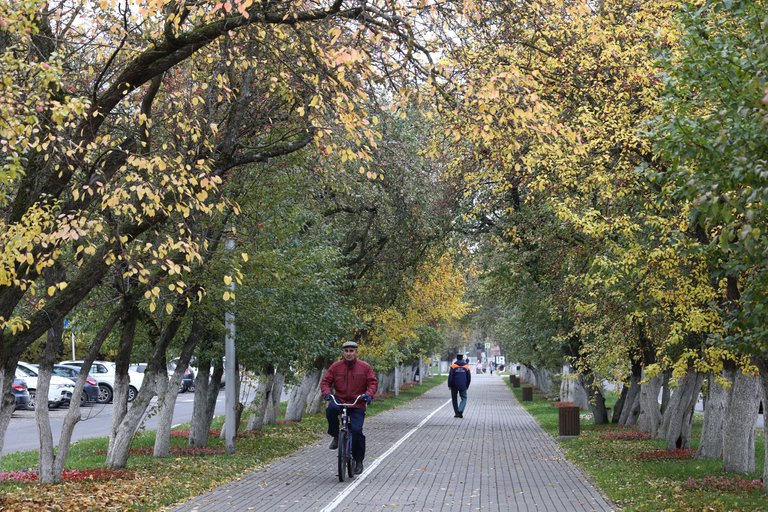
My judgments, of course, are supported by knowledge, but even this knowledge does not force you to agree with them.

Now I am in the corridor - the space between the frequencies and I am ready to connect to any one.

In the most ideal scenario, you need to strive for the constancy of such a state.
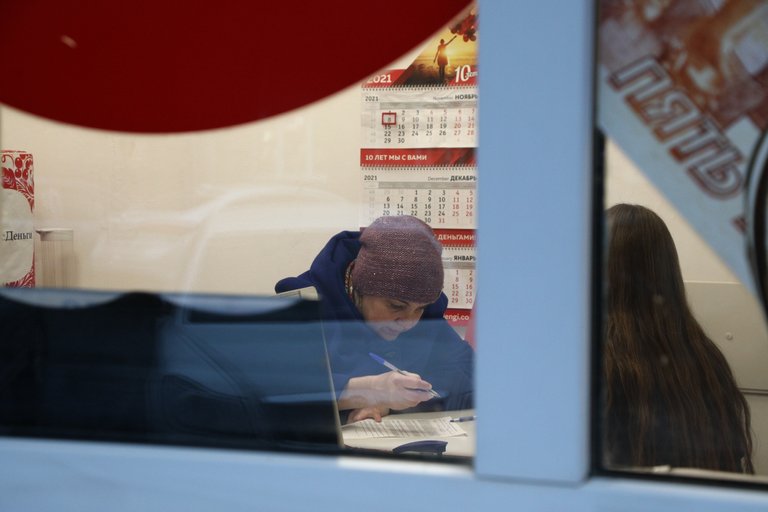
You must always be in the corridor, then you do not depend on any frequency, are not influenced, your mind is clear and you see everything soberly.
This line in your post was most thought-provoking: I do not like to explain what is shown in the photo. It seems to me that the viewer must understand and think for himself. Moreover, this process is individual for each person.
I couldn't agree more. In the narrative I assign to my photos in posts, I do like to suggest something, but I try to leave enough room for the reader to make their own determinations around its meaning.
Loved the every-day life depicted in your post. Looking forward to more from you.
Cheers!
thanks! I glad you like it!